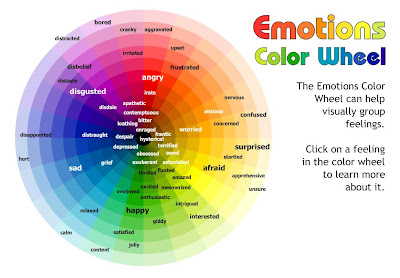Schedules are important for all of us, and especially important for individuals with ASD! For an individual with ASD, a visual schedule:
1.Clarifies expectations of what is going to happen, and in what order
2.Informs the person of when preferred activities or breaks are occurring
3. Promotes flexibility
4. Informs the individual of when change occurs
5. Communicates all this information to the person in a way that is visual, concrete, and meaningful
Object Schedules
Schedules should be individualized and will look different based on the strengths, needs, and interests of the individual with ASD. A very young child may understand objects best, and his parent or teacher may give him his shoes to indicate it is time to go outside, or a diaper to indicate it is time to go to the bathroom. Objects are the most concrete form of communication, and often young children or teens or adults with more significant delays may understand and use objects to communicate quite independently.
Picture or Photo Schedules
Other children or adults may understand pictures or photos, which are more abstract than objects.
Do2Learn offers several resources that provide various pictures for making schedules, picture lists, and story boards. Free printable picture cards are located
here and include cards for self help, leisure, home, school, social skills, and other activities!
Make-a-Schedule is an easy-to-use program that gives you access to thousands of picture cards. In minutes, you can create schedules, story strips, and forms. Users subscribe to the
Make-a-Schedule program for one year. Here is an example of picture cards that can be printed and made into a schedule for a trip on an airplane.
Written Schedules
Individuals with ASD who are able to read and comprehend fluently may excel using written schedules, reminders, and lists. The individual should be taught to interact with his schedule by checking or marking it off, and may eventually begin to create his own schedules. Some folks enjoy having their schedule on a portable device such as a small notepad or a smart phone.
Tips to Using a Schedule the Right Way
1. Pick the appropriate cue: object, picture, or written word. The schedule is an organizational tool, not a time to work on building vocabulary.
The schedule should make sense to the person with ASD on his or her worst day - when it is raining, their stomach hurts, and their favorite shirt is dirty!
2. Vary the schedule every day to promote flexibility. The person should not memorize the schedule and routine, but instead should refer back to the schedule each day to see what is happening in what order on that day.
3. The person should be prompted to check the schedule via non-verbal means. Telling someone "check your schedule" causes them to be dependent on you, their parent or teacher. But teaching them that every time they see a certain pen or a checkmark to check their schedule will promote independence!
4. Encourage and teach the person to interact with their schedule, not just look at it. Some folks with ASD have excellent memories and can look at their schedule in the morning and memorize it for the rest of the day. But if they are not interacting with it during the day by crossing off tasks as completed, they will not know if a change has occurred or may get upset if they forget a task and then are redirected. Interacting with the schedule promotes thoroughness and independence.
5. Consider the length of the schedule. Some individuals like to know what is going to happen the whole day. For other folks, that amount of information is overwhelming. Some individuals are on a "What's Next?" schedule and are simply given one object at a time. Others do best with a First - Then schedule, or a part day schedule.
6. Mix preferred and non-preferred activities. Just as we schedule coffee breaks or chat breaks during our work day (sometimes without even thinking about it!), folks with ASD need breaks as well.
7. Incorporate choice and, as much as possible, teach the person to begin creating their own schedules and lists.
Have you had success with using a schedule with a person with ASD?

















